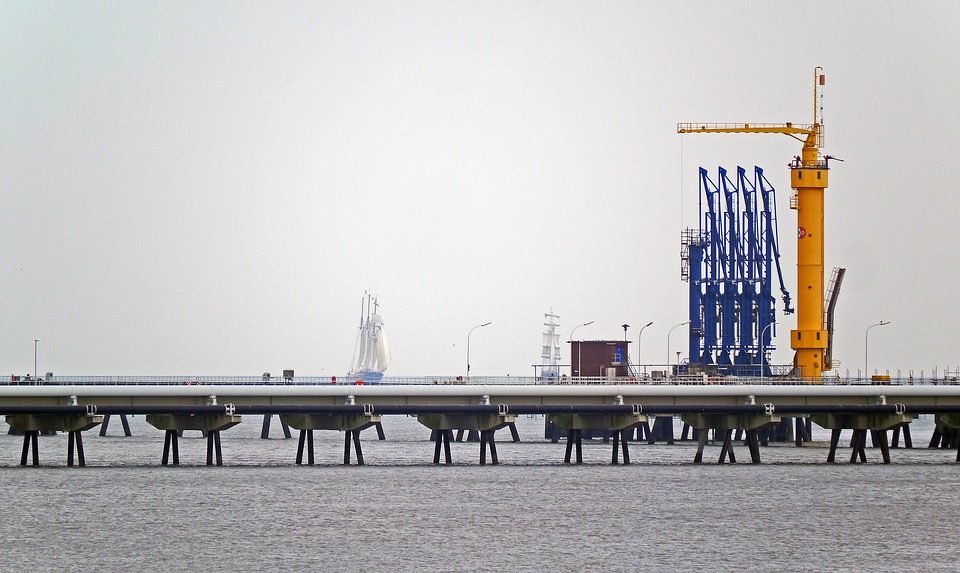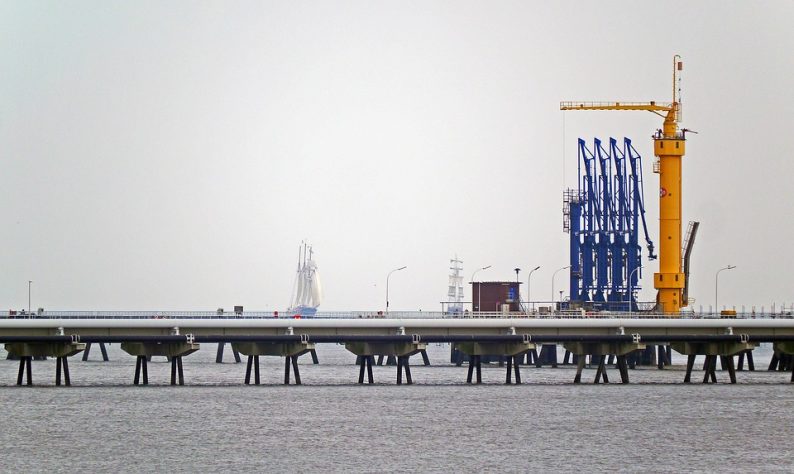Oil prices got whacked after the Energy Information Administration (EIA) said that U.S. oil supply surged as they offered an entirely different view of U.S. crude supply than the American Petroleum Institute (API) a day earlier. The EIA reported that U.S. crude supply exploded by 6.5 million barrels last week, shocking mostly everybody counting barrels. The report was quite a difference from the API that reported that supply fell by over 2 million barrels. So, are they supposed to be reporting on the same thing? The EIA shocking increase was enhanced by million-barrel plus a release from the Strategic Petroleum Reserve as well as a big drop in U.S. oil exports and U.S. oil production. Yet, is this price selloff going to be the last chance to get long ahead of the Iranian sanctions? The supplies are probably near the peak for the year.

Exports were down big due to Hurricane Micheal. The storm really skewered the numbers. That is probably why the EIA and API have totally different views on where supply is. That storm also had a big impact on U.S. oil production as oil production in the Gulf of Mexico was down, reducing output and probably reducing production by over 2 million barrels. But exports of U.S. crude also plummeted by 794,000 barrels a day. The price sell-off was enhanced by the fact that the November Crude options were expiring and concerns about demand was probably overdone. Refinery runs moved up. U.S. crude oil refinery inputs averaged 16.3 million barrels per day during the week, 77,000 barrels per day more than the previous week’s average. Refineries operated at 88.8% of their operable capacity last week.
This comes as it looks like Iran is having a fire sale on oil right before sanctions set in. Reuters is reporting that a total of 22 million barrels of Iranian crude oil loaded on supertankers, owned by the National Iranian Tanker Co (NITC) are headed for Dalian, the data showed. Dalian typically receives between 1 million and 3 million barrels of Iranian oil each month, according to the data that dates to January 2015. Iran, the third-largest producer in the Organization of the Petroleum Exporting Countries (OPEC), is finding fewer takers for its crude ahead of U.S. sanctions on its oil exports that will take effect on Nov. 4. Dow Jones reported that the IEA last week said Iranian supply fell to a 2½-year low in September as buyers continued to reduce their purchases before the Nov. 4 deadline. Crude production fell by 180,000 barrels a day month-on-month, to stand at 3.45 million barrels a day last month, the agency said.









Leave A Comment